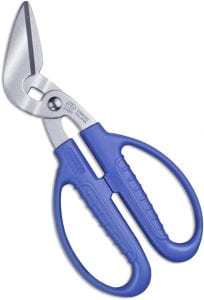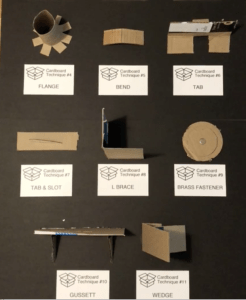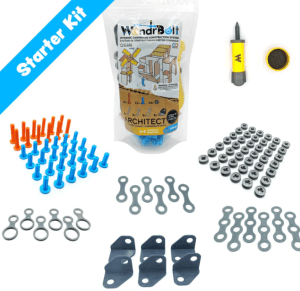Our favorite #Maker material, great for prototypes and final designs. You can get it by dumpster diving or saving shipping boxes or food boxes, even asking people to save for you (that needs to be done carefully). Cardboard tubes of various sizes are also useful materials. You have to figure out how you will store it for future use and everyone has different ideas, but usually they revolve around cutting it up into workable sizes and having it “arranged” by size/shape.
(Storage is the #1 issue for #MakerSpaces ).

Having proper tools makes working with cardboard easier.
There are a variety of cutters (not just regular scissors and NOT your fabric shears)


![]()

The ZipSnip is great for cutting things into smaller pieces. It is rechargeable.
Yes, there are actual cardboard scissors.
The Canary cutter knife works well.
The slice ceramic cutter is “safer” than a metal blade knife. It will scratch and break the skin, but not as easily as metal.
They can all be used by kids of various ages (“developmentally appropriate”)
If you are going to use Slice or Xacto knives, you should also get some self-healing cutting mats (various sizes: A2, A3, A4) and metal rulers as straightedges.


![]()
Laser cutters work well on cardboard (but NOT double corrugated)
Cricut/Cameo can cut foodbox cardboard.
But you can also assemble things out of cardboard-you just need the right method
First, you need to google “cardboard connectors poster” or “cardboard joining methods and find images that look like these :


Then you need to make an example for your classroom.
This is also a great project for the students so they learn how to connect cardboard without massive amounts of duct tape and hot glue.
There are also some connector devices that you can buy :
makedo 3dux wondrbolt


